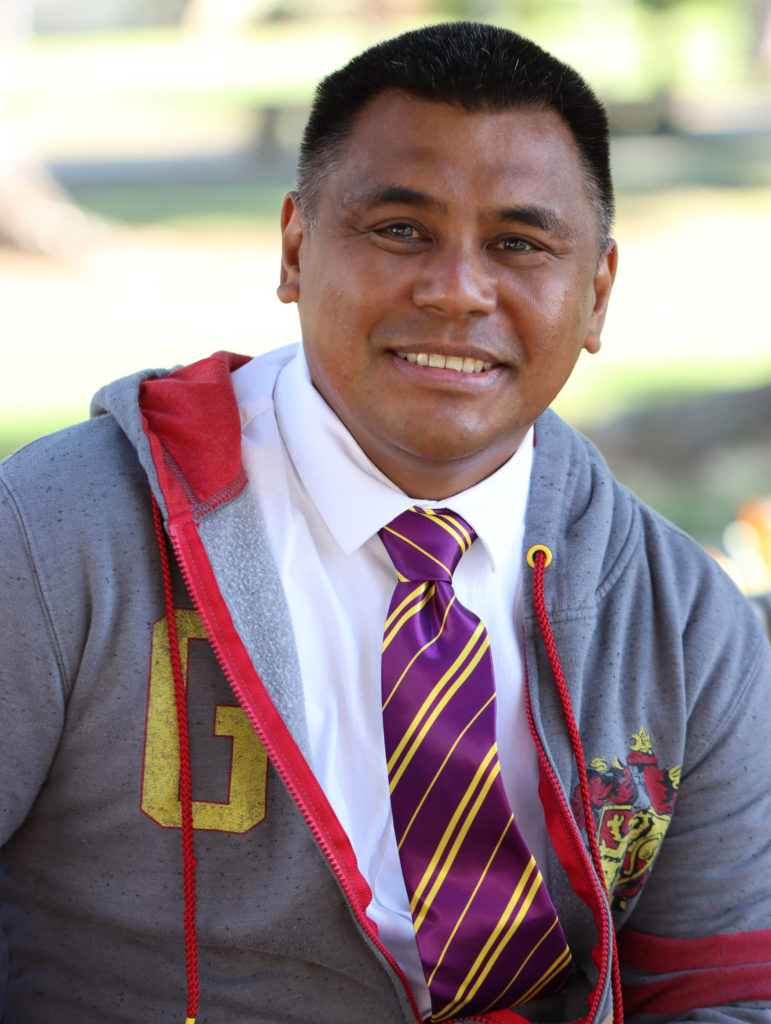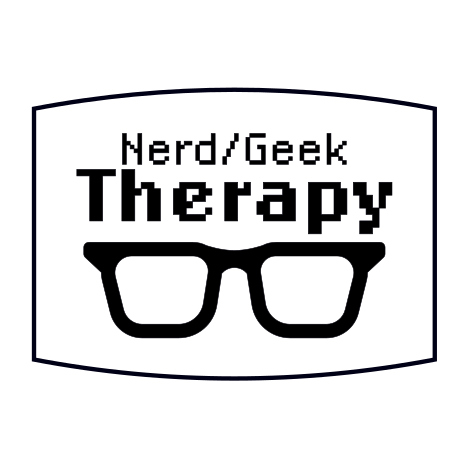
About me
I’m a Filipinx nerd/geek therapist. I took the scenic route to finish school to become a therapist. I’ve had an interest in psychology and the brain since I was kid. I really wanted to grow up to be like Professor X and see into the minds of people to find out their stories and figure out how to help and heal them. Instead I found myself dabbling in other sciences, trying my hand at graphic design and computer repair, trying to start a boyband, teaching cultural dancing, slangin lumpia, and ultimately finding work in the government sector. My volunteerism in my community and own trauma history rekindled that desire to become a healer and I found my way back to that path.
I received my Bachelors in Psychology from University of Phoenix in 2012 and my Masters in Marriage Family and Child Counseling from the University of Phoenix in 2018. I have worked with dual diagnosis, substance abuse, personality disorders, PTSD, complex trauma, anxiety, depression, and psychosis. I enjoy working with creative types who find strength in their openness, imagination, and drive to heal from the complex shit the world has thrown at them.
My Schools of Magic
EMDR
Eye Movement Desensitization and Reprocessing uses the brain’s natural ability to adapt new information to process traumatic events and heal. In an EMDR session we’ll identify certain stops along that network then focus on a specific memory to reprocess in each session. Reprocessing is moved along by bilateral stimulation which is basically alternating left to right movements either with the eyes, tapping, sound, movement, or a combination. In a completed EMDR session you’re able to look back at the original memory and feel more free from the hold that it previously had on you. Learn more about EMDR here.
DNMS
Developmental Needs Meeting Strategy was originally developed as an adjunctive resource for EMDR. It is a strength-based ego-state therapy that works with wounded child parts of our psyche. When we experience early attachment, developmental, or relational wounds that aren’t followed by significant repair of the rupture, our child parts of our self can often become frozen in time. These wounded parts can often become flooded when something in the present links back to the original wound. DNMS helps resource the wounded child parts, provide them space for healing and growth, and allows them to release the burdens that they have carried. Learn more about DNMS here.
SP
Sensorimotor Psychotherapy is a bottom up approach to therapy. Traditional therapies tend to work from the brain down in order to address maladaptive behaviors. SP focuses on exploring physical sensations, urges, and movements in the body with mindful awareness while setting aside the narrative aspects of the memory. When we are able to increase insight and awareness of how trauma plays out in our bodies, we can improve effective responses in the present rather than react from templates rooted in trauma. Learn more about Sensorimotor Psychotherapy here.
DBT
Dialectical Behavioral Therapy was originally developed to treat borderline personality disorder but has been adapted to treat other mental health conditions. It has deep roots in eastern mindfulness practices and western cognitive behavioral therapy. In DBT we help balance the ability to accept that which feels unacceptable in the present while also working to balance responses to build ourselves a life worth living. DBT teaches four skill-based modules that teach principles of acceptance and change. Standard DBT includes individual, group, live-coaching, and consultation for the therapist. Learn more about DBT here.
